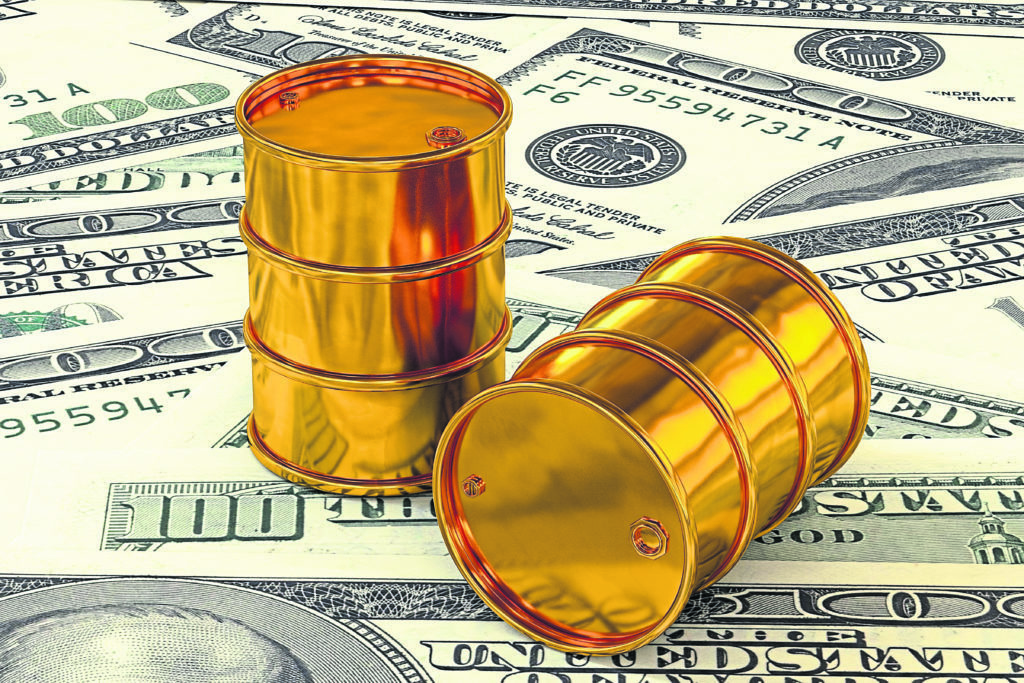
Oil retreated from the highest level in more than two months as doubts over the strength of China’s economic recovery and rising tensions between Washington and Beijing ate away at its weekly advance.
Futures in New York fell around 6% below $32 a barrel on Friday, but are still headed for a fourth consecutive weekly gain. Beijing said it wouldn’t set a gross domestic product target this year due to “great uncertainty” over the coronavirus, although it did announce some new stimulus spending. Oil product demand in Asia’s largest economy will drop by 5% this year, according to a forecast by China’s National Petroleum Corp.’s research arm.
However, the backdrop for oil still looks promising as the market rebalances. U.S. drillers are in the process of curtailing 1.75 million barrels a day of existing production by early June, IHS Markit said. That’s on top of OPEC+’s agreement to curb almost 10 million barrels a day of output, which is being strictly adhered to after taking effect at the beginning of May.
The cuts are eroding the stockpiles built up amid coronavirus lockdowns and the price war, with inventories at the U.S. storage hub at Cushing, Oklahoma, shrinking by the most on record last week. Nothwithstanding the doubts over Chin’s economic recovery and its deteriorating relationship with the U.S., oil demand in the Asian powerhouse is almost back to pre-virus levels.
Crude’s rapid rebound has taken many in the market by surprise, especially given the path back to a full economic recovery looks to be long and uncertain and the risk of a second wave of the virus can’t be discounted. It’s also raised the possibility that U.S. shale producers will start to turn on the taps again and that the strict compliance with the OPEC+ agreement might break down.
“The nascent demand recovery is still vulnerable, and the drop in prices today is an injection of reality,” said Victor Shum, vice president of energy consulting at IHS Markit in Singapore. “China not giving a GDP target means they are not quite certain about the recovery yet.”
West Texas Intermediate crude for July delivery dropped 6.3% to $31.79 a barrel on the New York Mercantile Exchange as of 1:40 p.m. in Singapore. It rose 1.3% Thursday in a sixth straight gain. Brent for July settlement fell 5% to $34.27 on the ICE Futures Europe exchange and is up around 5% on-week.
China’s oil demand earlier this month was probably at 92% of levels at the same time last year, IHS Markit said in a report. Full-year consumption is likely to be around 8% lower than in 2019, the energy consultant said.
The oil industry will enter a structural phase of no production growth outside of OPEC starting next year, Goldman Sachs Group Inc. said in a note based on an analysis of upstream projects. OPEC may be required to supply as much as an additional 7 million barrels a day through to 2025 from pre-virus levels, while U.S. shale will emerge from the current slump as a lower growth and more cash generative industry, the bank said.